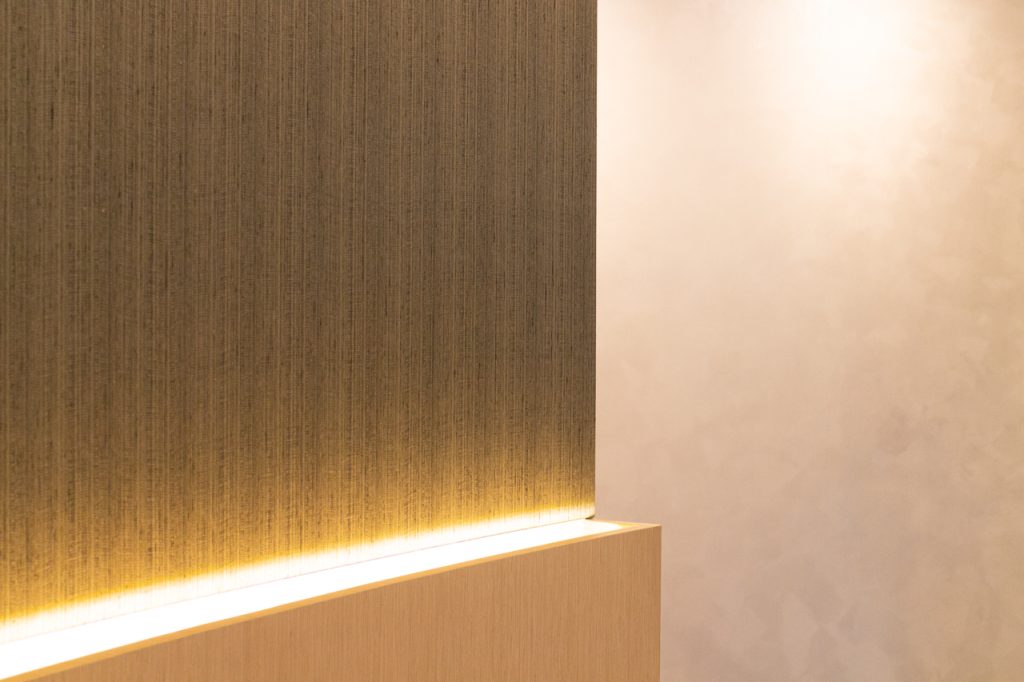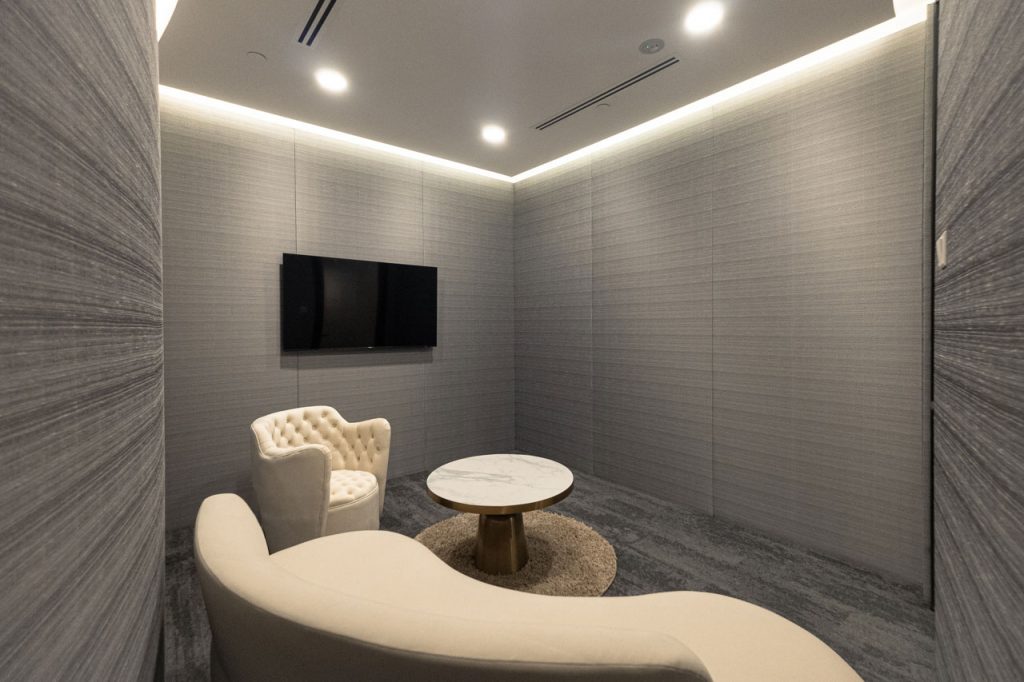
Evolution of Office Design
The concept of office design has undergone significant transformations over the years, evolving from the rigid structures of the past to more dynamic and flexible environments. The integration of technology and a growing awareness of employee well-being have been pivotal in this evolution. A critical aspect of this transformation is the incorporation of fabric acoustic panels, which have significantly impacted modern office design.

Acoustic Challenges in Modern Workspaces
Contemporary workspaces often face challenges related to noise pollution and sound management. Open-plan offices, while fostering collaboration, can also lead to increased noise levels, which can be distracting and reduce productivity¹. This dilemma has led to a surge in the use of acoustic solutions, notably fabric acoustic panels.

Fabric Acoustic Panels: Function and Aesthetics
Ensuring Longevity and Performance
The Anti-Warp and Anti-Slip features of Fabrix™ guarantee the durability and stability of the installations. These features are crucial in maintaining the aesthetic integrity and acoustic performance of the panels over time.
Acoustics Performance
1-inch thick Fabrix™ boasts an impressive Noise Reduction Coefficient (NRC) of 0.75. This level of sound absorption is significant, especially in open-plan offices where managing ambient noise is crucial for maintaining a productive work environment.
Impact on Employee Well-being and Productivity
Enhancing Concentration and Productivity
By mitigating noise levels, these panels help in creating an environment more conducive to concentration and productivity. Studies have shown that employees in acoustically optimized environments report higher satisfaction and efficiency³.
Health Benefits
Beyond productivity, the reduction in noise pollution also contributes to the overall health and well-being of employees. Excessive noise in the workplace can lead to increased stress and strain, while a quieter environment promotes a sense of calm and well-being⁴.
Sustainability and Innovation
Fabric acoustic panels align well with the growing trend towards sustainable and eco-friendly office designs. Many of these panels are made from recycled materials and are themselves recyclable, contributing to a lower environmental footprint⁵.

References
- Hodgson, A. T. (2002). Sources of VOCs in Indoor Air. Journal of the Air & Waste Management Association.
- World Health Organization. (2010). WHO Guidelines for Indoor Air Quality: Selected Pollutants. WHO.
- Brown, S. K. (2002). Volatile Organic Pollutants in New and Established Buildings in Melbourne, Australia. Atmospheric Environment.
- U.S. Green Building Council. (2019). LEED v4 for Building Design and Construction. USGBC.
- European Commission. (2013). Construction Products Regulation (CPR). European Union.
- Levin, H. (2005). Frequently Asked Questions about VOCs in New Homes. Lawrence Berkeley National Laboratory.
Share